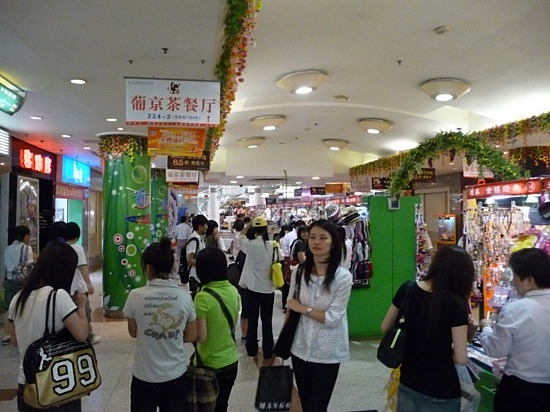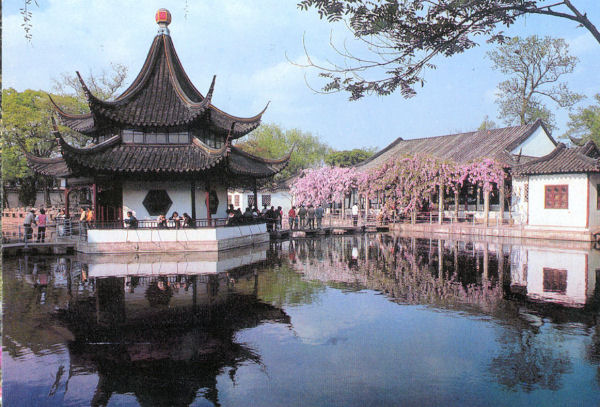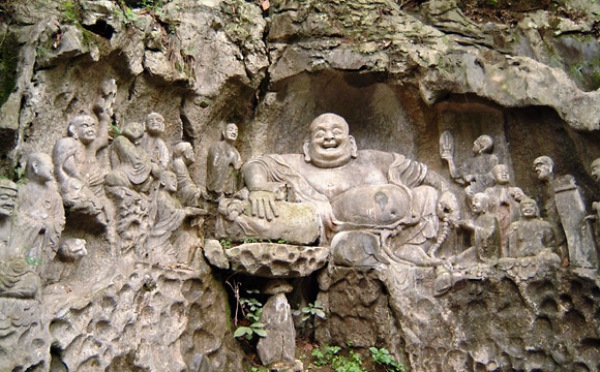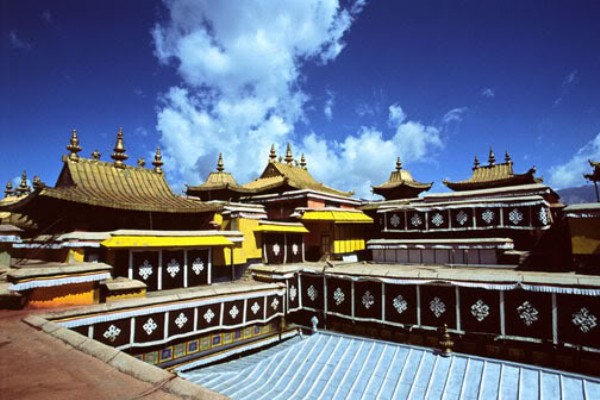Mountain climbers scale some of the highest peaks in the world in pictures by photographer Jimmy Chin
Here's a photographer who will go to great heights in his search for the ultimate picture. Jimmy Chin, probably the world's greatest adventure photographer, has travelled the world with highly-skilled mountain climbers, scaling huge peaks and even skiing down the face of Mount Everest.
.
Conrad Anker reaches for his next gear placement, 2,500 feet off the ground on the Pacific Ocean Wall of El Capitain, Yosemite National Park, California Jimmy has built up a portfolio that documents his work in some of the most inaccessible and extreme situations imaginable. Jimmy is the go-to man for adventurers and publications such as National Geographic and Outside Magazine
.
Yuji Hirayama climbs in Turkey in April 2009 His travels have taken him to the tallest freestanding sandstone towers in the world, the Hand of Fatima in Mali, to the highest sheer cliff face on the globe. "The climbs up the Hand of Fatima which is 2,000 feet and Naga Parbat which is just over 15,000 feet were spectacular," said Jimmy. "The Hand of Fatima and the Kaga Tondo in Mali, is a personal favourite of mine. That shot sums up the bravery and tremendous ability of these climbers, who allowed me to join them and to experience the same dangers that they face".
.
Cedar Wright and Kevin Thaw climb the south buttress of Kaga Tondo on the Hand of Fatima in Mali on December 20, 2002. Click here to see a larger version of this image 
To work with Steph Davis as she became the first woman to free climb El Capitan's Salathe Wall in Yosemite, was an honour and a privilege. "I am always concerned with finding the right spot and the right shot, so sometimes I forget to appreciate the skill of my fellow adventurers, but I am aware of how my life has been changed by my ability with a camera"
Steph Davis free climbs the Salathe Wall of El Capitain in Yosemite National Park, California, on November 4, 2005. Steph is the first and only woman to free climb the Salathe Steph Davis leading the crux "Boulder Pitch" on the Salathe Headwall in Yosemite National Park on November 4, 2005
. Of all his adventures though, his ascents of Everest stand out as his most physically demanding and rewarding. "You do wonder - when you are at 28,000 feet, the height that aeroplanes cruise at, when you are struggling to draw breath and every limb aches - why do I do this?"
.
Kit and Rob DesLauriers with Dave Hahn on the South Summit of Mount Everest on October 4, 2006 "But of course once you reach the summit and realise that there is nowhere you could stand taller on Earth, that's why I do it. On my 2006 expedition to Everest me, Kit and Rob DesLauries decided to speed up our descent of the mountain by skiing down its south east ridge. To say that was fun and frivolous is a bit of an understatement"
.
Kit DesLauriers hiking through the Khumbu Icefall of Mount Everest on September 18, 2006 
Pushing himself hard in training between jaunts, Jimmy's life is a constant whirl of planning, travel and photography. "I lose anywhere up to 20 pounds on location with adventurers like Conrad Anker or Brady Robinson," said Jimmy. "So I need to replace that lost weight and muscle by training hard when I am back in the States between jobs. And as I get older it is far more important for me to be doing this and taking my conditioning seriously"
.
Jimmy Chin climbing the Pacific Ocean Wall in Yosemite Park, California.
Jimmy Chin on Mount Kinabalu, a World Heritage Site in Borneo, on April 25, 2009 .
Granite towers reflected in a pool on the Karakoram Mountains in Charakusa Valley, Pakistan. This image was taken on August 10, 1999 during Jimmy's first major climbing expedition
. Dean Potter, one of the greatest high line walkers in the world, walks on a one-inch thick piece of webbing over a 500 foot deep chasm at Canyonlands National Park in Indian Creek, Utah, in January 2007
. Kasha Rigby, Giulia Monego and Ingrid Backstrom approach Redommaine peak before their first ski descent in October 2009 during the Shangri La Expedition, in the Himalayas
. Kasha Rigby climbing Redommaine peak before the first ski descent in October 2009, during the Shangri La Expedition in the Himalayas
. Conrad Anker traverses an alpine ridge deep in the Waddington Range on Mount Combatant, Coastal Range in British Columbia, Canada
. Renan Ozturk on Mount Meru in Garwahl Himalaya, India, on September 14, 2009
. Jimmy Chin climbs Mount Meru in Garwahl Himalaya, India Mits.
. Thank You !
.
Received this from Mr. Chandrashekhar, Hyderabad























































